Tree of the Week
Broadleaf cockspur thorn
Crataegus x persimilis 'Prunifolia'
Tree D56 at Queenswood Arboretum
A native of eastern North America, the fine specimen at Queenswood Arboretum was planted in 1960. Currently it is covered with an abundance of bright red berries and it is worth taking the time to stand back and admire it from a distance as well as studying it close up. It is usually described as a 'small garden tree', suitable for planting in a small garden and while that is generally the case, the Queenswood specimen has thrived until, after 65 years, it has achieved a size that may be too large for most small gardens.
This species is known for its glossy, dark-green, oval foliage which turns glowing shades of yellow, orange and copper in the autumn. Clusters of small, white flowers appear in May and are followed by the colourful crimson berries you can see today, which will adorn the branches well into winter. These nutritious berries are a vital food source for a variety of birds, including thrushes and waxwings, as well as for squirrels, whilst its thorny branches offer shelter and nesting sites for birds, and its spring flowers are loved by honey bees and other pollinating insects. It is also the thorniest of the hawthorns, with long, sharp thorns along the branches
At Queenswood, find this fine example next to Sovereign Walk and close to the Redwoods:
https://queenswood.treefinder.herefordshirewt.org/tree/D56/map
Featured Tree:
The Mayten tree - Maytenus boaria
The Mayten (or, to use its native South American name, Maitén) is an attractive tree native to southern Chile, Argentina, Bolivia and southern Brazil. ; quite hardy in the UK, it makes an elegant small to medium sized tree, although it can reach 20 metres and, with its drooping shoots and narrowly oval, fresh-green leaves, it has something of the appearance of a willow; it is, however, evergreen, retaining its leaves in all but the coldest winters. It's not commonly found in the UK, but with its elegant weeping form and its evergreen habit, it is well worth considering for planting in a parkland or garden.
In South America, its tender leaves are used to feed cattle; indeed the specific name ‘boaria’ (derived from ‘bovine’) was applied because cattle enjoy feeding on the foliage. In fact in Argentina, the tender shoots that emerge from the edges of the branches in spring are apparently used as a vegetable, fried in oil with garlic and served as an appetizer.
Pagoda tree or Scholar tree - Styphnolobium japonicum
(Formerly Sophora japonica)
The tree illustrated is in a private garden in the south of the county
At Queenswood, find it in the Summer Garden in the east of the arboretum, east of Sovereign Walk:
https://queenswood.treefinder.herefordshirewt.org/tree/K371/map
The tree at Queenswood is the cultivar Styphnolobium japonicum 'Violaceae' with pink tinged flowers;
it is the County Champion, being the largest example of this variety in Herefordshire
Sometimes known as the Japanese Pagoda tree (as its scientific name suggests) it is in fact native to China, although introduced to and widely planted in Japan. It is fully hardy in the UK and deserves to be more widely planted for its feathery, rich green foliage and especially for its attractive white (or pink-tinged), fragrant pea-like flowers. These are produced by mature trees and are particularly valued for their appearance late in the season, in August or September when, in a good year (they need a warm summer to flower freely) they can smother the tree. They continue to flower for up to a month, after which they drop without withering, sometimes making the ground under the tree white with fallen blossoms. Trees can reach 15 to 20 metres with a wide-spreading crown. Planted as a street tree (as it is in the USA, Japan and, with increasing frequency, in UK cities), it requires formative pruning when young to create a clear stem with appropriate clearance.

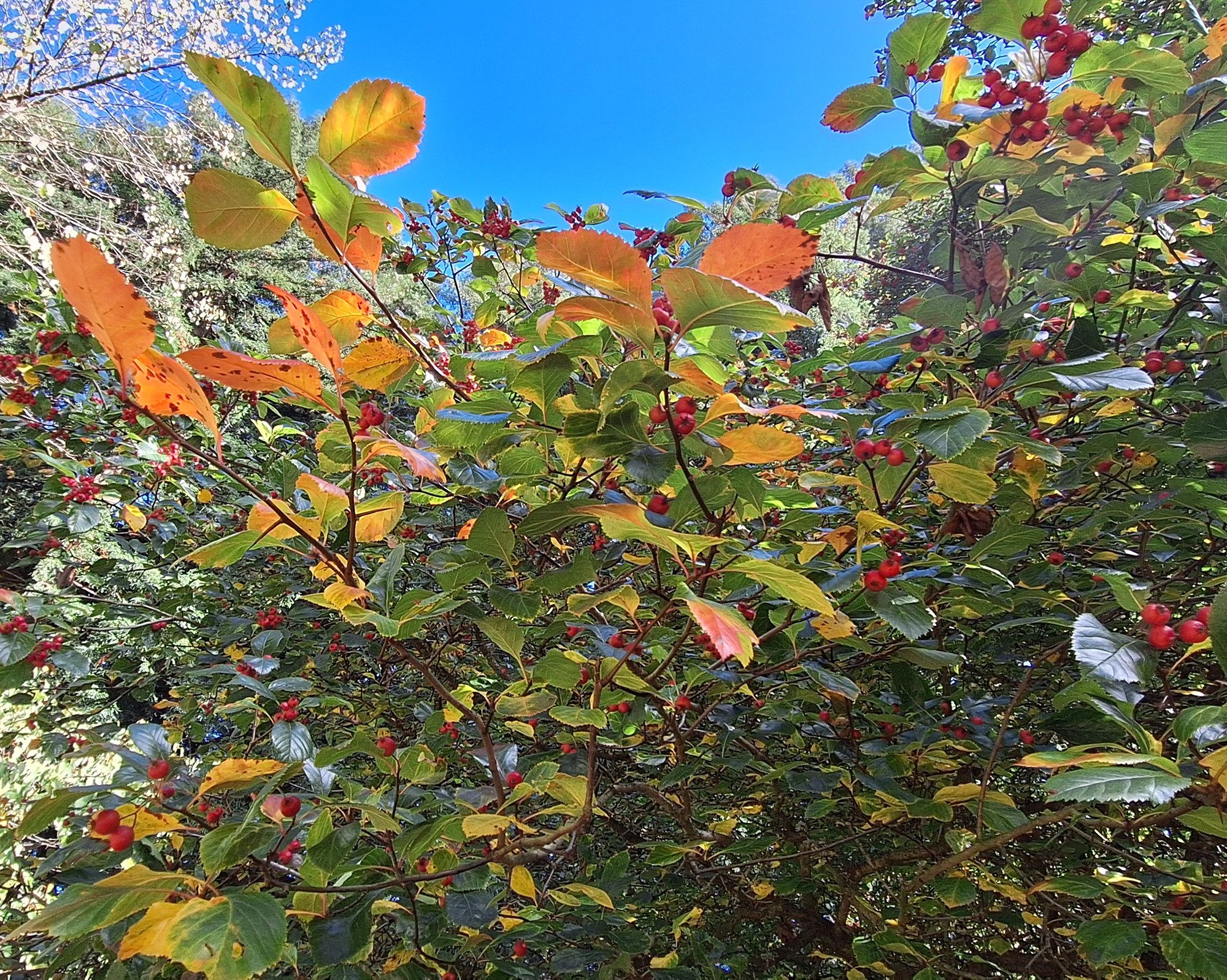
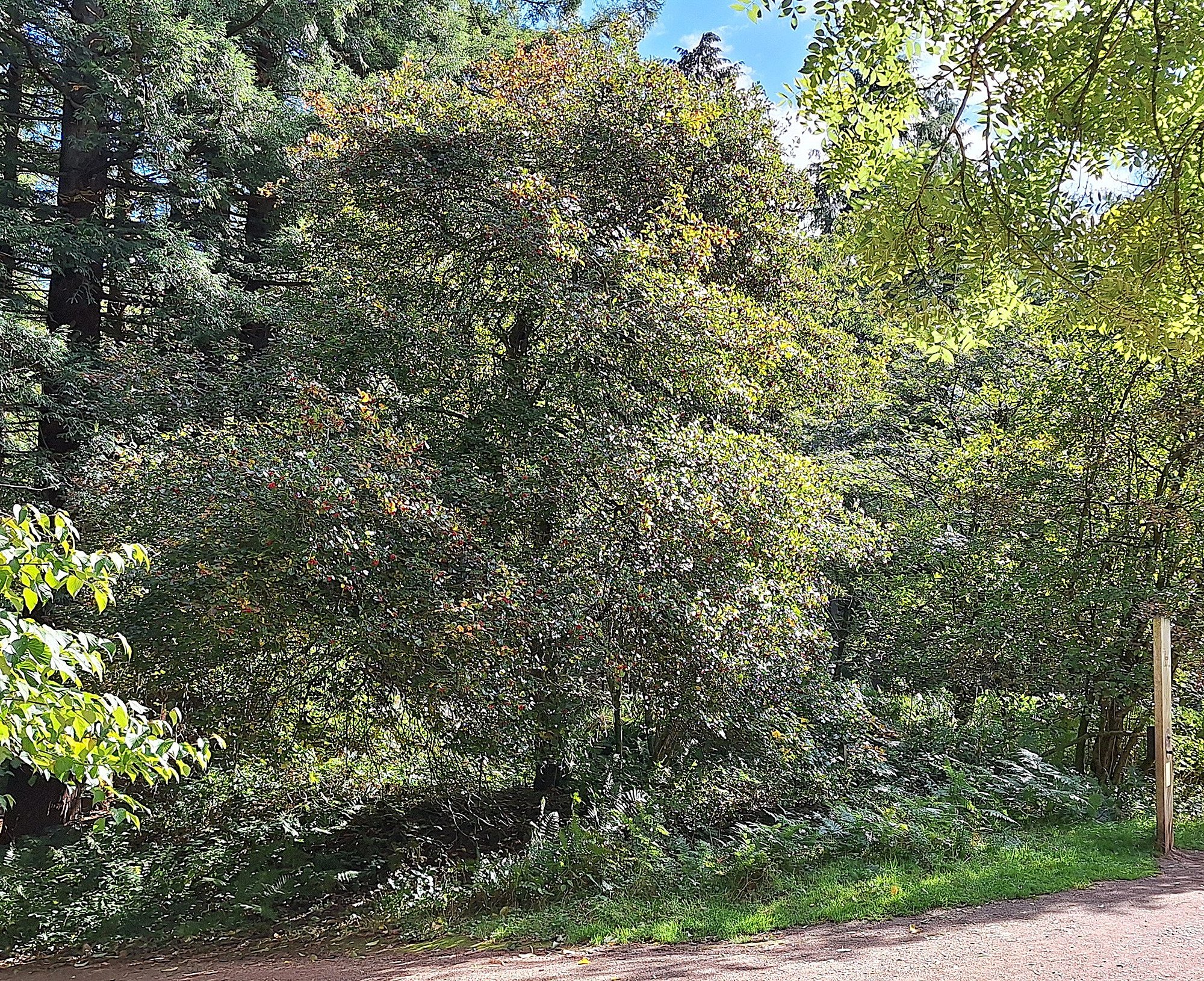
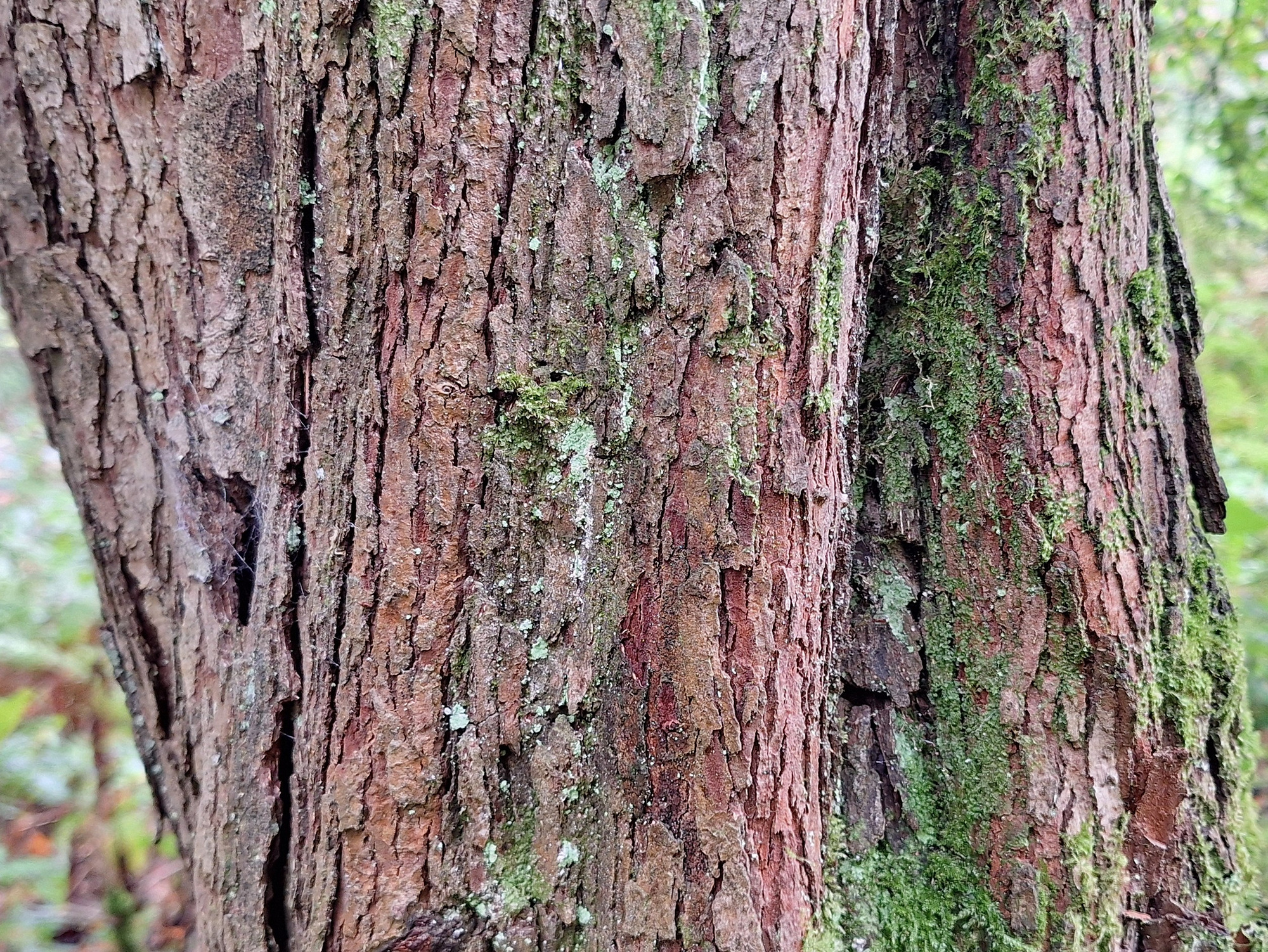
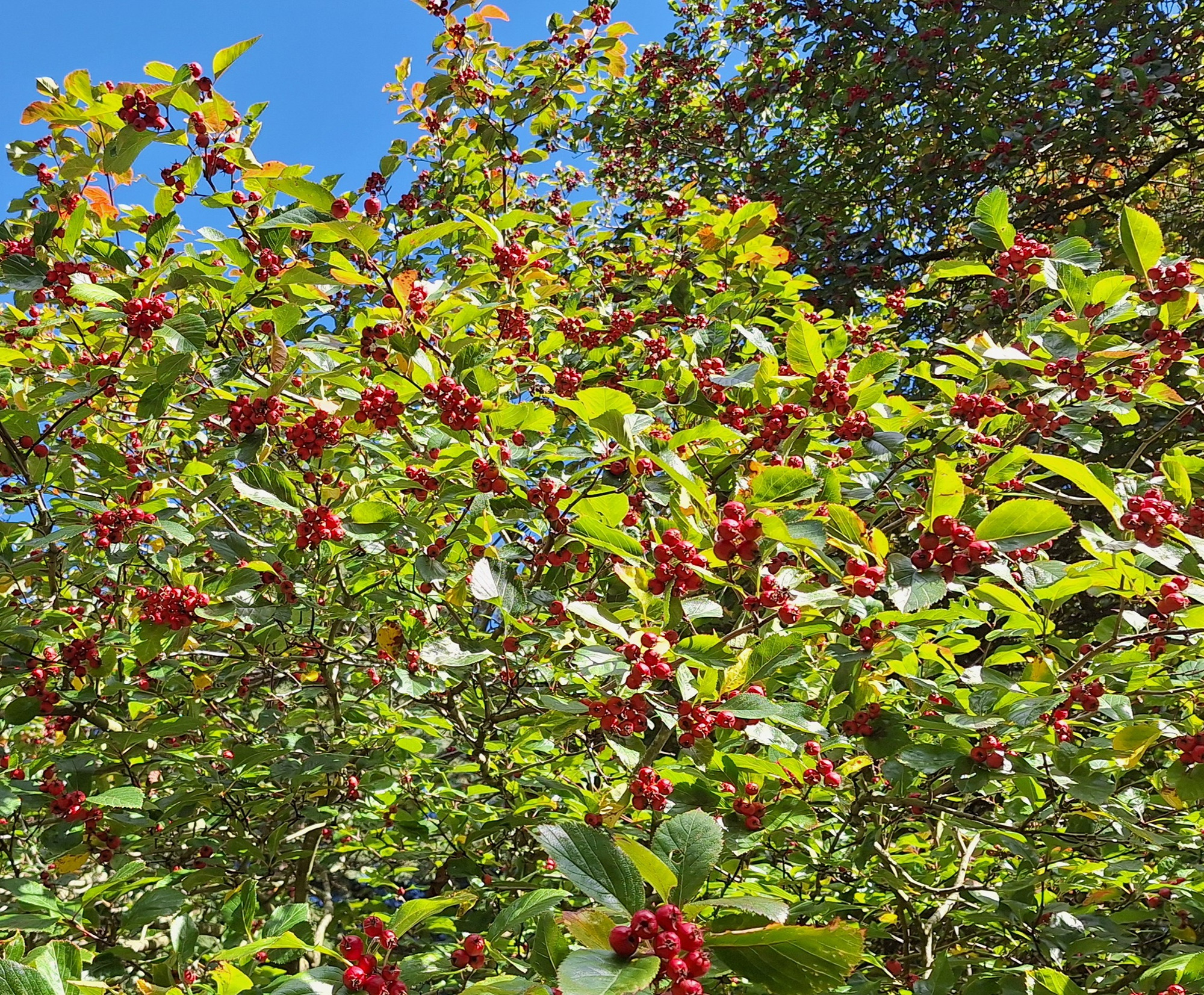
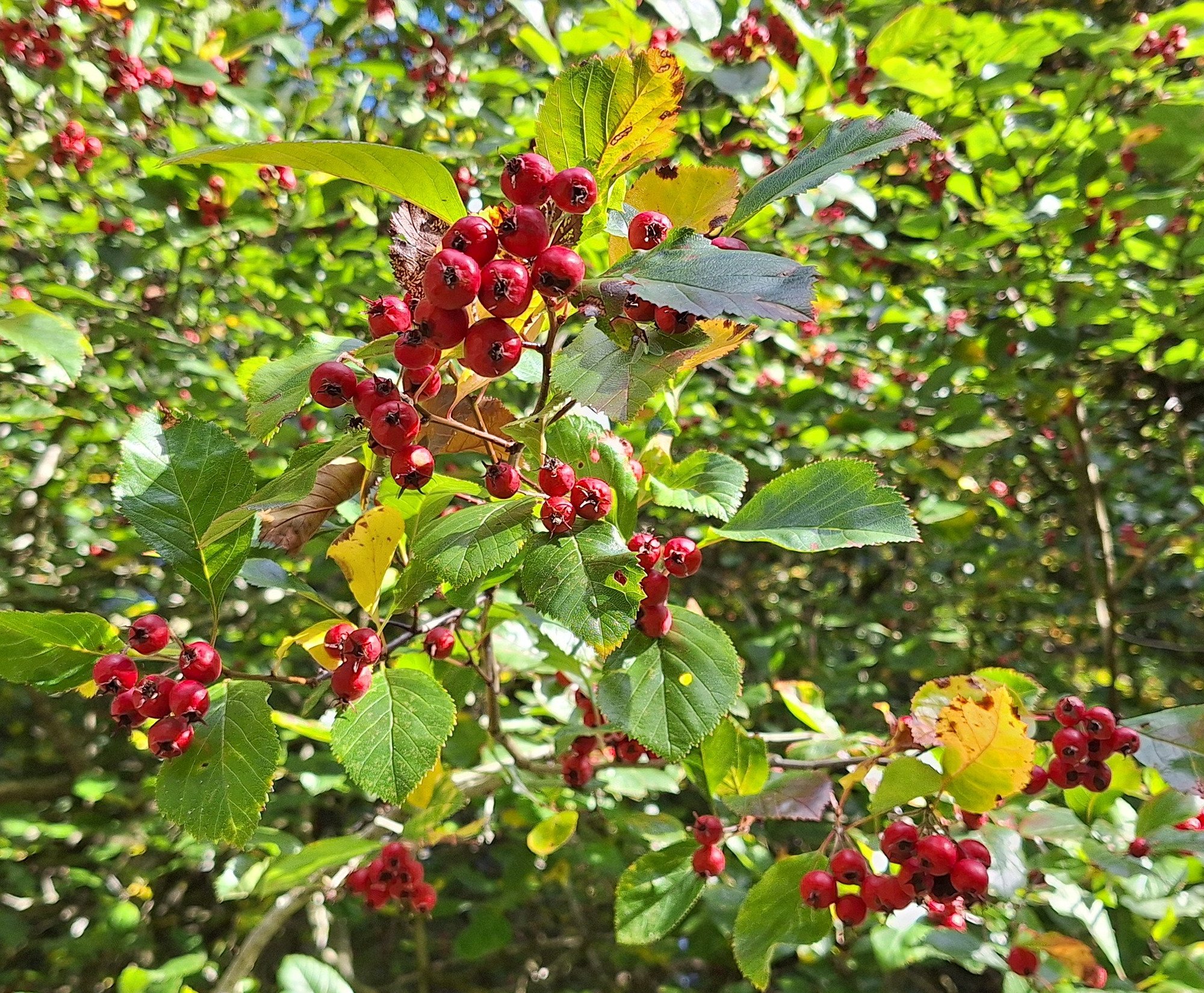






![PXL_20250820_133127540[1]](https://sites.create-cdn.net/siteimages/77/3/5/773556/21/5/8/21588489/1216x1451.jpg?1756190169)
![PXL_20250820_133118205[1]](https://sites.create-cdn.net/siteimages/77/3/5/773556/21/5/8/21588488/1285x964.jpg?1756190165)
![PXL_20250820_133132694[1]](https://sites.create-cdn.net/siteimages/77/3/5/773556/21/5/8/21588491/1317x989.jpg?1756190174)
